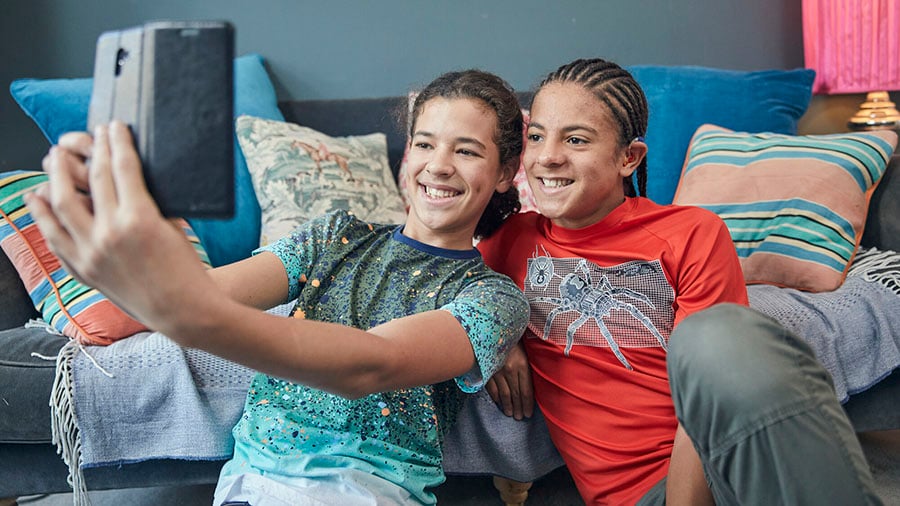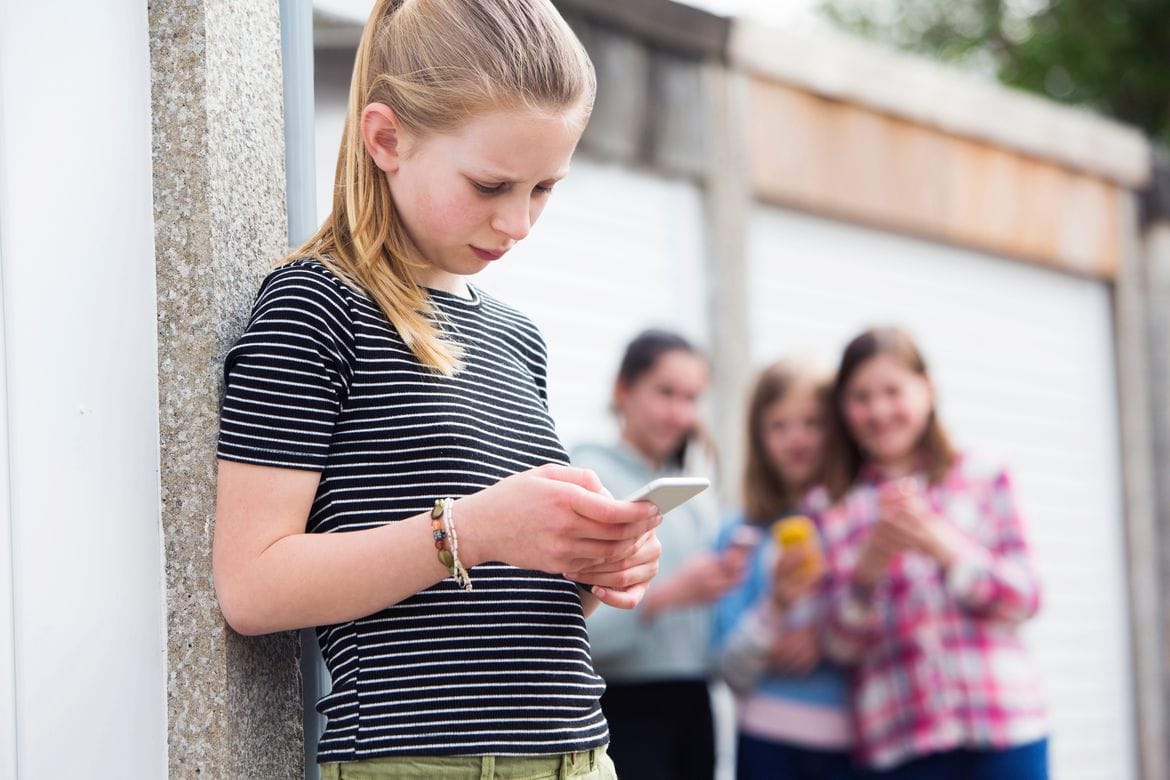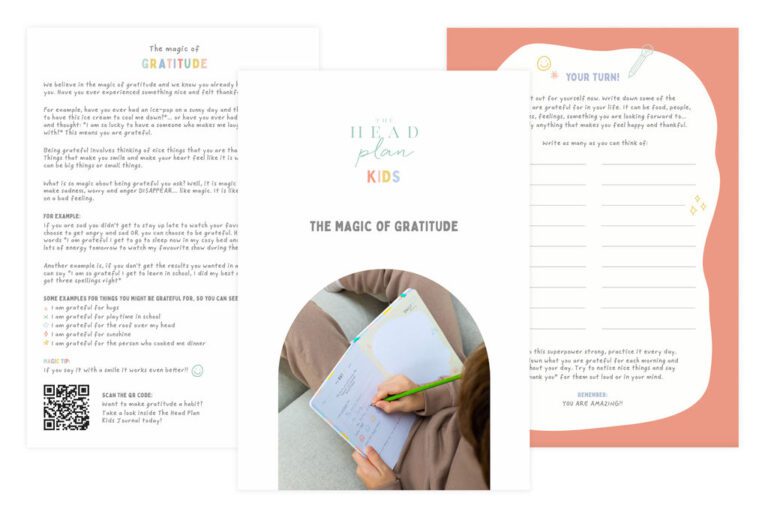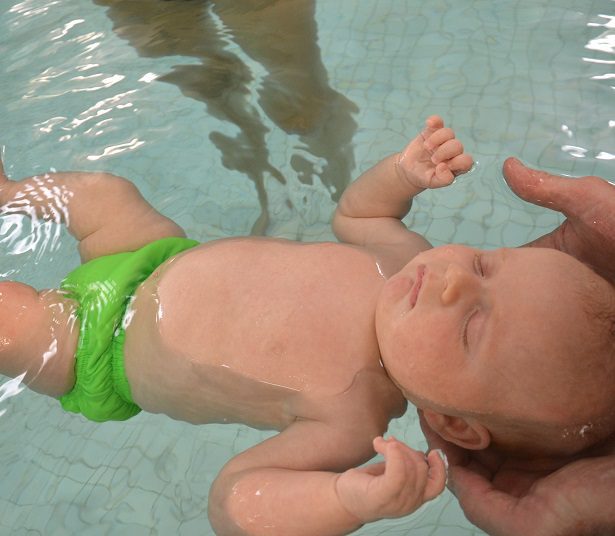How to Keep Your Child Safe on Social Media: Essential Tips
To keep your child safe on social media, educate yourself about social media, establish an age limit for your child to start using social media, regularly check your child’s privacy settings, and keep your child’s profile private. By following these steps, you can ensure that your child is protected from potential dangers on social media platforms.
In today’s digital age, social media has become a prevalent part of our lives. While it provides numerous benefits, such as connecting with friends and accessing information, it also poses potential risks, especially for children. As a parent or guardian, it is crucial to take proactive measures to keep your child safe on social media.
This article will provide you with valuable tips and guidelines to ensure your child’s online safety. By implementing these strategies, you can protect your child from online dangers and enable them to navigate social media responsibly.
The Importance Of Social Media Safety For Kids
To ensure the safety of your child on social media, it is crucial to educate them about the potential risks and implement safety measures. Teach them not to share personal information, use parental controls to block harmful content, set time limits, and monitor their activities to keep them protected online.
The Prevalence Of Online Dangers
With social media becoming an integral part of modern life, it is crucial for parents to understand the importance of social media safety for kids. Today, children are exposed to a myriad of online dangers that can put their well-being at risk. From cyberbullying to online predators, the internet can be a dangerous place for young users.
Risks Associated With Social Media
Social media platforms may provide children with opportunities for self-expression and connection, but they also present numerous risks. Cyberbullying, for instance, can have a detrimental impact on a child’s mental and emotional well-being. The ability for anonymous users to harass and target children online can lead to feelings of isolation, depression, and even thoughts of self-harm. Furthermore, the sharing of personal information on social media puts children at risk of identity theft and online scams.
Impact On Children’s Mental And Emotional Well-being
Social media can have a profound impact on children’s mental and emotional well-being. The constant exposure to curated and idealized images on platforms like Instagram can distort a child’s perception of reality and lead to feelings of inadequacy and low self-esteem. This can contribute to the development of anxiety and depression in vulnerable individuals. Additionally, the addictive nature of social media can negatively affect a child’s sleep patterns and hinder their ability to focus on other important aspects of their lives, such as schoolwork and extracurricular activities.
Overall, ensuring the safety of children on social media is paramount in today’s digital age. By understanding the prevalent online dangers, the risks associated with social media, and the impact it can have on children’s mental and emotional well-being, parents can take the necessary steps to protect their children from harm.
Educating Yourself About Social Media Platforms
Heading IntroductionSocial media platforms have become an integral part of our society, providing various opportunities for communication, entertainment, and self-expression. However, as a parent, it’s crucial to understand the potential risks and take necessary measures to ensure your child’s safety online. Educating yourself about social media platforms is the first step towards protecting your child from potential dangers. By familiarizing yourself with popular platforms, understanding their features and settings, and staying updated with the latest trends and risks, you can help create a safe online environment for your child. Let’s explore these steps in detail.
Subheading 1Familiarizing Yourself With Popular Social Media Platforms
Paragraph 1Before you can effectively protect your child on social media, it’s essential to familiarize yourself with the platforms they use. The most popular social media platforms among teenagers and young adults include:
Table| Platform | Description |
|---|---|
| A photo and video-sharing platform | |
| A social networking site | |
| A microblogging platform | |
| Snapchat | A multimedia messaging app |
Understanding The Features And Settings Of Each Platform
Paragraph 2Once you are familiar with the popular social media platforms, it’s important to understand their features and settings. Each platform has different privacy settings, options to control audience visibility, and tools to report inappropriate content. By understanding how to navigate these features, you can help your child maintain their privacy and have control over their online presence.
Subheading 3Staying Updated With The Latest Trends And Risks
Paragraph 3Social media trends and risks constantly evolve. It is crucial for parents to stay updated with the latest information to ensure their child’s safety. Follow reputable sources that provide insights into online safety, subscribe to newsletters, and join online communities where you can engage in discussions about best practices and emerging risks. By staying informed, you can effectively address and prevent potential dangers your child may encounter on social media.
Setting Age Restrictions And Privacy Settings
When it comes to keeping your child safe on social media, one of the most important steps you can take is setting age restrictions and privacy settings. By establishing an appropriate age for your child to start using social media and ensuring their profiles are set to private, you can greatly reduce the risks associated with online interactions.
Establishing An Appropriate Age For Your Child To Start Using Social Media
Before allowing your child to create a social media account, it’s crucial to consider their maturity level and ability to understand and navigate the online world responsibly. While many social media platforms have a minimum age requirement, studies have shown that most children under the recommended age are already active on these platforms.
To establish an appropriate age for your child, you can consider factors such as their understanding of online privacy, ability to handle cyberbullying, and their overall digital literacy. It’s essential to have open and honest discussions with your child about the potential risks and responsibilities that come with using social media.
Ensuring Your Child’s Profiles Are Set To Private
To safeguard your child’s online presence, it’s crucial to ensure that their social media profiles are set to private. This will limit the visibility of their posts and personal information to a select group of approved followers, reducing the chances of them being targeted by strangers or cyberbullies.
Most social media platforms provide easy-to-follow instructions on how to adjust privacy settings. Encourage your child to choose strong and unique passwords, and emphasize the importance of not sharing their login credentials with anyone. Regularly remind them to review their follower list and remove any unknown or suspicious accounts.
Regularly Reviewing And Adjusting Privacy Settings
Privacy settings on social media platforms can change over time, and it’s crucial to regularly review and adjust these settings to ensure your child’s safety. Stay informed about the latest updates and changes to the platforms your child uses, and take the time to review and update their privacy settings accordingly.
Remind your child to be cautious when accepting friend requests or connection invitations, as these can often come from strangers or fake accounts. Encourage them to only connect with people they know and trust in real life. Regularly check their posts, photos, and comments, addressing any inappropriate content or interactions that may violate your family’s values or safety guidelines.
By setting age restrictions and privacy settings, you are taking proactive steps to protect your child’s online experience. However, it’s essential to remember that parental involvement and ongoing communication with your child about the risks and responsibilities of social media are crucial elements in ensuring their safety.
Teaching Your Child Responsible Social Media Use
Teaching your child responsible social media use is crucial in keeping them safe online. By educating them about privacy settings, avoiding adding unknown users, and being mindful of what they post, you can help protect them from potential dangers on social media.
Encouraging Open Communication About Online Activities
One of the key aspects of teaching your child responsible social media use is to encourage open communication about their online activities. By fostering an environment of trust and understanding, your child will feel comfortable discussing their experiences, concerns, and questions about social media. Regularly checking in with your child and showing genuine interest in their online world will help you stay informed about their activities and allow you to address any potential issues proactively.
Discussing The Potential Consequences Of Sharing Personal Information
It is crucial to have candid conversations with your child about the potential consequences of sharing personal information on social media. Emphasize the importance of protecting their privacy and explain the risks associated with disclosing sensitive details like their address, phone number, or school name. Educate them about the permanence of online content and the potential for their personal information to be used in ways they may not anticipate. By empowering your child with this knowledge, they will be better equipped to make responsible decisions when it comes to sharing personal information online.
Promoting Respectful Behavior And Cyberbullying Prevention
Another crucial aspect of teaching your child responsible social media use is promoting respectful behavior and actively preventing cyberbullying. Discuss with your child the importance of treating others with kindness, empathy, and respect when interacting on social media platforms. Encourage them to think before they post or comment, ensuring that their words and actions are always considerate and positive.
Additionally, make sure your child understands what cyberbullying is and explain the potential consequences for both the victim and the perpetrator. Encourage them to report any instances of cyberbullying they encounter or witness, and reassure them that they can always turn to you or a trusted adult for support and guidance. By instilling a sense of responsibility and empathy in your child, you can contribute to creating a safer and more inclusive online community for everyone.
Monitoring Your Child’s Online Activity
Keeping an eye on your child’s online activity is essential to ensure their safety on social media. By monitoring their activities, you can detect any potential risks or inappropriate behavior before it escalates. Here are some effective strategies to help you keep tabs on your child’s online behavior:
Using Parental Control Software And Apps
Parental control software and apps are powerful tools that allow you to manage and monitor your child’s online activities. These tools provide features such as content filtering, time limits, and activity tracking, giving you control over what your child can access and when. By implementing parental control software, you can restrict access to certain websites or apps, preventing exposure to potentially harmful content or interactions.
Keeping An Eye On Your Child’s Friend List And Followers
Regularly checking your child’s friend list and followers is crucial in ensuring their safety on social media. Encourage your child to only accept friend requests or follow people they know in real life. By monitoring their connections, you can identify any unknown individuals who may pose a risk. If you notice suspicious or inappropriate profiles, take immediate action by blocking or reporting them.
Monitoring The Content Your Child Is Posting Or Sharing
To keep your child safe online, it is essential to monitor the content they are posting or sharing on social media platforms. Teach them about responsible digital citizenship and encourage them to think twice before sharing personal information or engaging in risky behavior. Regularly review their posts and pay attention to comments or reactions from others. Open a conversation with your child if you come across any concerning content or interactions.
By implementing these monitoring strategies, you can better protect your child from potential dangers they may encounter on social media. Remember, open communication and educating your child about online safety are essential elements in safeguarding their digital well-being.

Credit: www.nspcc.org.uk
Frequently Asked Questions On How To Keep Your Child Safe On Social Media
What Is The Best Way To Protect Children On Social Media?
To protect children on social media: 1. Educate yourself about social media. 2. Set an age limit for your child to start using social media. 3. Regularly check your child’s privacy settings. 4. Keep your child’s profile private. 5. Teach your child to be cautious about what they post and to never add or interact with strangers.
How Do I Teach My Child To Be Safe On Social Media?
Teach your child social media safety: Be your own person, be nice, think before you post, don’t add strangers, no inappropriate pictures or convos, and never give out your address.
How Can I Protect My Child From Social Media Addiction Online?
To protect your child from social media addiction online: 1. Educate yourself about social media and establish an age limit for your child. 2. Regularly check and adjust your child’s privacy settings. 3. Keep your child’s profile private. 4. Open the lines of communication and talk about social media with your child.
5. Encourage your child to pursue other hobbies and set limits on their social media usage.
How Do I Protect My Child From Inappropriate Internet Content?
To protect your child from inappropriate Internet content: 1. Turn on SafeSearch settings to hide inappropriate results. 2. Make your accounts private. 3. Use parental controls to block harmful content. 4. Turn off location services in all apps. 5. Teach your kids not to share personal information on social media.
By following these guidelines, you can ensure your child’s safety online.
Conclusion
To keep your child safe on social media, it is crucial to prioritize their online privacy and security. Educate yourself about social media platforms and regularly check their privacy settings. Establish an age limit for your child to start using social media and keep their profile private.
Teach them to be cautious about what they post and to never add people they don’t know. Additionally, encourage open communication with your child about their online experiences. By following these measures, you can ensure their safety and well-being in the digital world.








